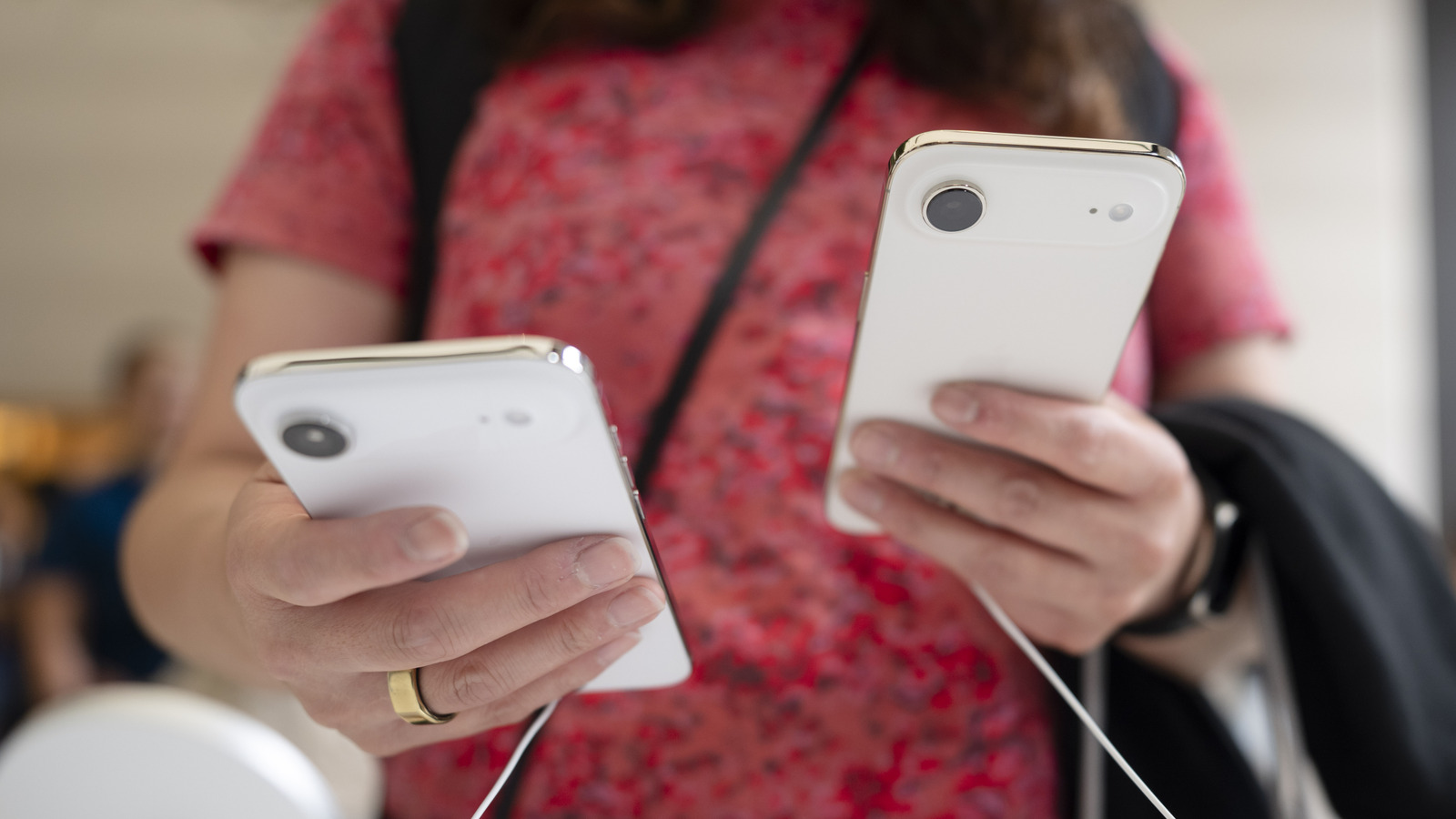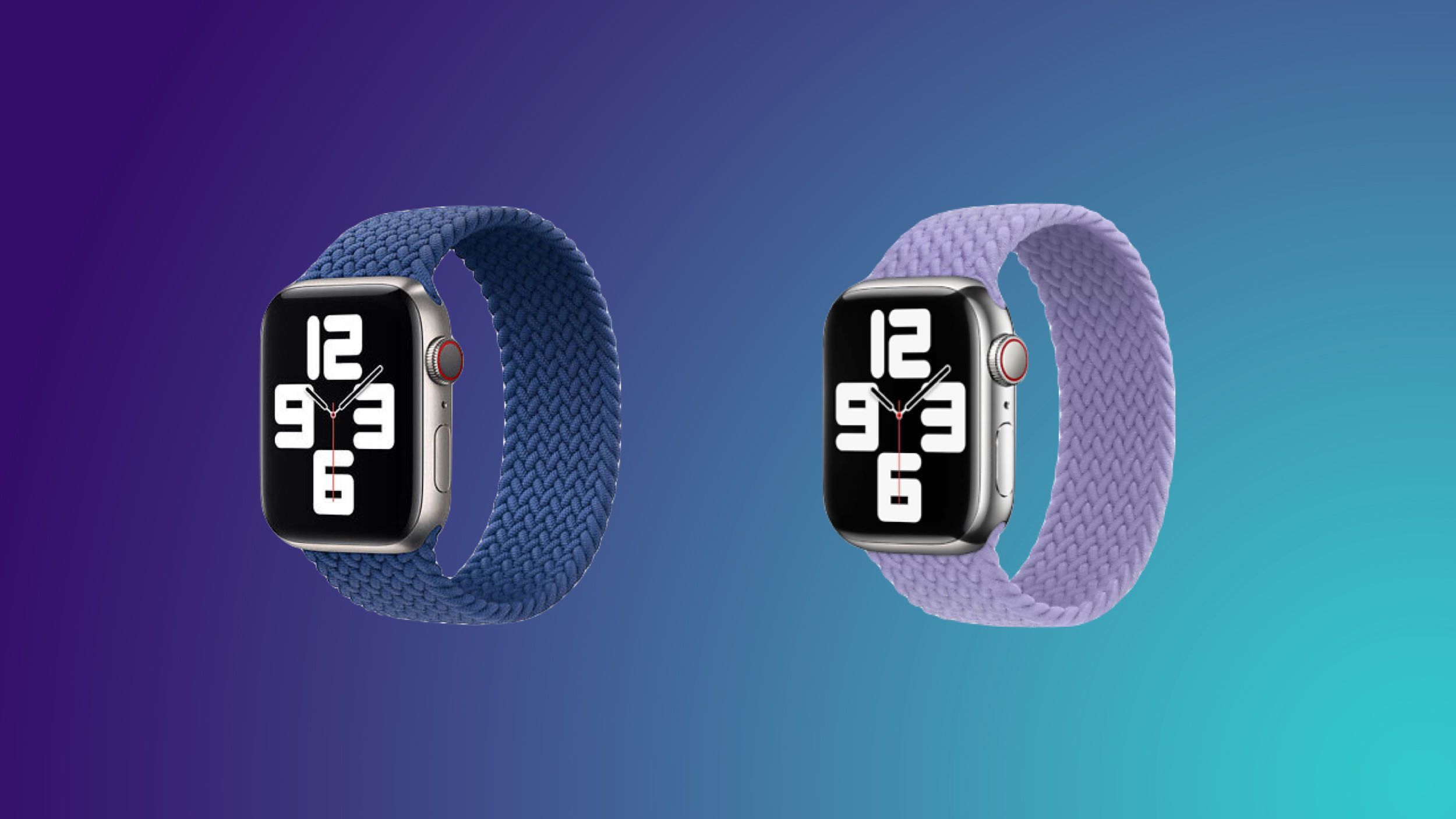Most people use video streaming services instead of physical media to watch movies and TV shows. Others have ditched traditional broadcast, cable, and satellite TV providers in favor of streaming live TV. Whether you subscribe to Amazon Prime, Apple TV, Crunchyroll, Disney+, Hulu, or Netflix, you need to find a device that lets you access those services on your TV, or a TV that supports them natively.
Media streaming devices are flexible, affordable, and capable of showing both 4K and HDR content. If you have a recent TV or are shopping for a new one, however, you probably don’t even need a media streamer, as almost all current models feature a built-in platform that allows you to access popular streaming services.
But not all smart TV platforms offer the same apps and features. Most big services are available on the majority of platforms, but you might find a few exceptions. And other functions, such as voice assistance and streaming from your phone or computer, vary by system.
We break down what every popular smart TV platform offers below, and share some of our favorite TVs and media streamers in each category.
Amazon Fire TV
Amazon Fire TV Omni Mini-LED (Credit: Will Greenwald)
Amazon’s Fire TV platform is primarily available via the company’s media streamers, but it’s also built into its first-party TVs, such as the Fire TV Omni Mini-LED, as well as third-party TVs like our Editors’ Choice budget pick, the Hisense U65QF.
You can use the Fire TV platform on any other TV by plugging in an Amazon media streamer, such as a Fire TV Stick 4K or the Fire TV Cube. The interface prioritizes Amazon’s content, although not to an overbearing degree—it features the Prime Video service at the top of the home screen, while also aggregating content suggestions from other major services.
Apps
Amazon and Google offer the most complete selections of media streaming apps among smart TV systems. The biggest services work on every platform, but niche services like Crunchyroll for anime fans and Twitch for gamers are less consistent. Fire TV supports both.
Local Casting
This is Fire TV’s weakest aspect. It works with Miracast/WiDi for some phones and most Windows PCs, but it doesn’t support Google Cast, and only has Apple AirPlay on some devices. Higher-end TVs with Fire TV, including Amazon’s own Fire TV Omni Mini-LED, have AirPlay, though the Fire TV media streamers don’t.
Voice Assistant
Amazon’s Alexa is one of the most powerful voice assistants—it supports thousands of third-party skills and smart home devices. It will be made even more flexible and easier to use with Alexa+, Amazon’s AI-powered premium implementation of Alexa, which is included with Prime memberships. Currently, hands-free Alexa is available only on the Fire TV Omni series, the Fire TV Cube, and some premium third-party Fire TVs. For every other setup, you need to speak into the remote or keep a compatible smart speaker in the same room.
The Best Fire TV Devices We’ve Tested
Apple tvOS

(Credit: Apple)
Apple has made its media streaming platform confusing because its media hub devices share the same name as its app and streaming service, which are available on every platform. You can buy an Apple TV 4K to connect to your TV, or you can install the Apple TV app on your smart TV or any other connected media streamer.
Apple TV devices utilize tvOS, Apple’s proprietary smart TV operating system. It’s sparse compared with most other platforms, but if you’re a dedicated Apple user, it might have some appeal. Unlike the other systems on this list, there are no TVs that run tvOS independently.
Apps
Apple’s tvOS initially had one of the weakest ecosystems for third-party apps, but now every major service listed above is compatible with the Apple TV 4K media streamer.
Local Casting
It’s all about AirPlay. You can easily stream any audio or video from your iPad, iPhone, or Mac to an Apple TV 4K. There’s no Google Cast, obviously, or Miracast.
Voice Assistant
You can use Siri with the Apple TV 4K and tvOS by speaking into the remote. There’s no hands-free Siri access through the media streamer itself, though. Either way, for smart home voice control, Siri lets you use any HomeKit- or Matter-compatible device. The Ethernet-equipped version also serves as a Thread border router.
What About the Apple TV App?
The Apple TV app is available on every major streaming platform, allowing you to access Apple content from anywhere. It’s a separate product from the Apple TV+ subscription streaming service, which offers access to a library of original Apple content for $12.99 per month.
The Best Apple tvOS Device We’ve Tested
Google TV

Hisense U8QG with Google TV (Credit: Will Greenwald)
Google’s smart TV approach has shifted and evolved over the years, starting with the Google TV operating system in 2010, which initially appeared on a handful of devices in the early days of streaming. Then came the remote-and-interface-free Chromecast platform for streaming content from your smartphone or tablet; this feature still exists, but it is no longer its own standalone platform. After that came the more conventional Android TV interface. Finally, it came around full circle to Google TV, a completely different operating system from its original iteration. Full-featured and easy to use, the current Google TV is available on a wide range of TVs, including the Editors’ Choice-winning Hisense U8QG, the Sony Bravia 8K, and the TCL QM8K. You can also add the platform to any TV by purchasing a Google TV Streamer or the much more affordable Onn 4K Pro, our Editors’ Choice in this category.
Apps
Like Fire TV, Android TV and Google TV cover all the biggest streaming services, including Crunchyroll and Twitch.
Local Casting
Google never stepped away from Chromecast as an idea, and Google TV lets you easily stream from any Android device or Chrome browser tab with Google Cast. It doesn’t have AirPlay or Miracast/WiDi by default, but most TV manufacturers, such as Hisense, Sony, and TCL, add AirPlay streaming support to their Google TV implementations.
Voice Assistant
Google Assistant is every bit as powerful as Alexa, and like Alexa and Alexa+, it’s in the process of growing even more advanced with AI. It already supports numerous smart home brands, allowing you to search for content across multiple services and perform useful tasks, such as answering questions and setting reminders. Google is in the process of replacing Google Assistant with Gemini, its much more conversational AI system. Gemini is currently only available on the TCL QM9K, but other Hisense and TCL models will gain access later this year. Higher-end Hisense, Sony, and TCL TVs have far-field microphones for hands-free use of either Google Assistant or Gemini, as does the Onn 4K Pro.
The Best Android/Google TV Devices We’ve Tested
LG webOS

LG Evo G5 with webOS (Credit: Will Greenwald)
Long ago, before the age of smartphones, a company called Palm made personal digital assistants (PDAs) called PalmPilots. They ran on PalmOS, which Palm renamed webOS shortly after the iPhone was first launched and about the time PDAs started to lose their luster. HP acquired webOS and later sold it to LG. After realizing that Apple and Google dominated the mobile device market, LG decided to use the technology for TVs instead. Thus, webOS is now LG’s smart TV platform, which, like Google TV, bears little resemblance to its original form. It’s available on all LG TVs, including our Editors’ Choice for premium OLED models, the Evo G5.

Get Our Best Stories!
Your Daily Dose of Our Top Tech News

By clicking Sign Me Up, you confirm you are 16+ and agree to our Terms of Use and Privacy Policy.
Thanks for signing up!
Your subscription has been confirmed. Keep an eye on your inbox!
Apps
Smart TV platforms from first-party manufacturers tend to have much smaller libraries than Fire TV, Google TV, or Roku TV, but usually offer all the most popular streaming apps. LG’s webOS is no different, covering all the bases, as seen in the chart at the top of this list.
Local Casting
Like Roku and Samsung, webOS supports Apple AirPlay and Miracast/WiDi. It also now supports Google Cast.
Voice Assistant
LG’s webOS integrates the company’s ThinQ voice assistant for direct control of the TV and any compatible LG ThinQ appliances, but you don’t have to rely solely on it. It also supports Amazon Alexa and will presumably get Alexa+ at some point in the future. Far-field microphones for hands-free control are available on higher-end LG TVs.
The Best LG webOS TV We’ve Tested
Roku TV

Roku Pro Series (2025) (Credit: Will Greenwald)
Roku was one of the first major names in media streamers and a driving force behind the push for all current TVs to include streaming functionality. Roku transformed its media streaming platform into a comprehensive smart TV interface called Roku TV, making it available to any TV manufacturer that wished to license it. Now, many budget brands can provide access to apps they previously couldn’t. Roku also makes its own TVs, including the budget-friendly Roku Plus Series and the Roku Pro Series, and you can, of course, access the platform on any TV with a Roku Streaming Stick Plus or another Roku media streamer. Roku TV’s biggest advantage is that it offers one of the most intuitive smart TV interfaces to use, even for those who aren’t very tech-savvy.
Apps
Roku offers an impressive selection of apps and streaming services, including almost all major ones with the exception of Twitch. The Roku Channel is the company’s free streaming service, offering original programming and available on other platforms as well.
Recommended by Our Editors
Local Casting
Roku TV supports both Apple AirPlay and Miracast/WiDi, but it doesn’t work with Google Chromecast.
Voice Assistant
This is one of Roku’s biggest weaknesses. While Roku TV has a voice search function that’s fairly powerful for finding something to watch and controlling your TV, it can’t control most smart home devices or provide general information, such as the weather. Roku has started releasing its own line of smart home devices including smart plugs, smart bulbs, and security cameras, and you can at least access and control them with your Roku device. You can use the platform hands-free with the Roku Voice Remote Pro, which is included with higher-end Roku TVs and media streamers and is also available separately for $29.99.
The Best Roku TV Devices We’ve Tested
Samsung Smart TV

Samsung S95F (Credit: Will Greenwald)
Samsung has always gone its own way with smart TVs, and its current iteration, simply called Samsung Smart TV, runs on the company’s Linux-based Tizen OS. It’s very Samsung-centric, with support for SmartThings (Samsung’s smart home platform), DeX (Samsung’s phone-as-a-workstation feature for Galaxy phones), and Bixby (Samsung’s voice assistant). Fortunately, it’s opened up significantly in the last few years and is much more accommodating to users who aren’t fully invested in Samsung’s products. We tend to find the interface the most frustrating of the six here, though, because it tries to hold your hand through almost every task, and buries most picture settings a menu layer or two deeper than they are on most other TVs. It’s available on all Samsung smart TVs, including the S95F OLED and the QN90F mini-LED TV.
Apps
Like almost every other platform, the mainstream services are all available, including Crunchyroll and Twitch.
Local Casting
The platform supports Apple AirPlay and Miracast/WiDi, just like Roku TV and webOS. If you have a compatible Samsung smartphone, you can wirelessly cast your screen to your TV, using it as a workstation monitor. It does not support Google Cast.
Voice Assistant
Samsung used to be Bixby or bust, but that’s fortunately no longer the case. Bixby is now relegated to the company’s mobile devices and smartwatches, but you can use Amazon Alexa on Samsung TVs’ Tizen OS, just like with LG’s webOS. Higher-end TVs also have far-field microphones for hands-free use.
The Best Samsung Smart TVs We’ve Tested
Vizio SmartCast

SmartCast on the Vizio M-Series Quantum X (Credit: Will Greenwald)
For a short time, Vizio was committed to the Google Chromecast idea of streaming content from your smartphone or tablet without an on-screen interface, and even bundled an Android tablet with some TVs specifically for this purpose. Fortunately, Vizio recognized that most people want menus they can browse on their TV, and the current Vizio SmartCast platform reflects this idea, supporting many of the major streaming services.
Apps
Vizio has one of the smallest app libraries, but again, all the biggest names, from Amazon to YouTube, are available. Crunchyroll and Twitch are absent, though.
Local Casting
Vizio’s SmartCast is the only platform that supports both Apple AirPlay and Google Chromecast, as well as Miracast/WiDi, allowing you to easily stream content from your phone, tablet, or PC.
Voice Assistant
There isn’t one. Like Roku, you can use voice search, but there’s no full voice assistant present on the TV itself.
The Best Vizio SmartCast TV We’ve Tested
How to Build the Best Home Theater
After you decide on a streaming platform, elevate your viewing experience to the next level by following our guide to building a best-in-class home theater system for under $1,000. We also explain how to calibrate your TV.
About Our Expert

Will Greenwald
Principal Writer, Consumer Electronics
Experience
I’m PCMag’s home theater and AR/VR expert, and your go-to source of information and recommendations for game consoles and accessories, smart displays, smart glasses, smart speakers, soundbars, TVs, and VR headsets. I’m an ISF-certified TV calibrator and THX-certified home theater technician, I’ve served as a CES Innovation Awards judge, and while Bandai hasn’t officially certified me, I’m also proficient at building Gundam plastic models up to MG-class. I also enjoy genre fiction writing, and my urban fantasy novel, Alex Norton, Paranormal Technical Support, is currently available on Amazon.
Read Full Bio






















